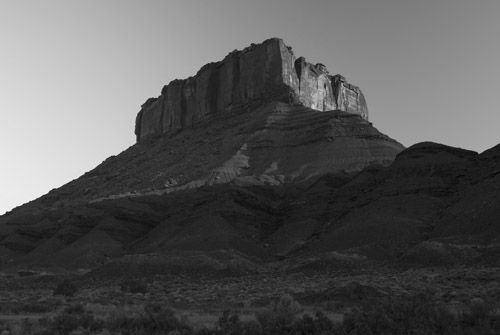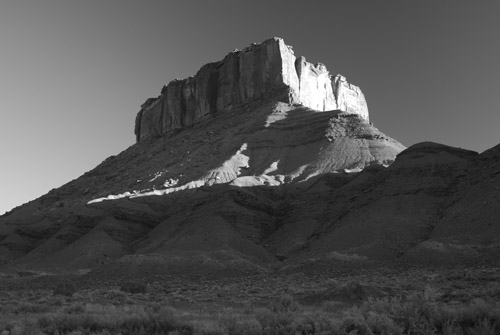
Minimalism
Including too many objects in a photograph can distract from the subject and make the image appear cluttered. This doesn't just apply to physical objects, however - the number of colors is just as important of a consideration. In practice, try to limit the number of main colors in your photos to two or three at the most. Including fewer colors will often result in a stronger and more appealing photograph.
Selective color
It is not always possible to avoid excess colors during composition of a photo. In these cases, you can sometimes redeem the image afterword using software. In the photo on the right, Adobe Lightroom was used to draw attention to the tulip petals by removing every color except red.
Black and white
Occasionally, a photo is better served by including no color at all. Many cameras today include a "black & white" mode to create this effect, but this is actually not an ideal method. First of all, the effect is not reversible if the camera does not also save a color copy of the photo. Secondly, the effect is not configurable in most cameras. Instead, I recommend that you shoot your images in color and then convert them to black and white later using a software program.


In recent versions of Photoshop and Photoshop Elements, you can use the Black & White adjustment tool to choose exactly how the colorless image will appear. Playing with the options will allow you to achieve drastically different results. Hover over the photo on the right to see the difference between a blue filter and a green filter conversion, for example.
* * * * * * * * * * *
You can learn more about me, this website, and what I use on the About page.